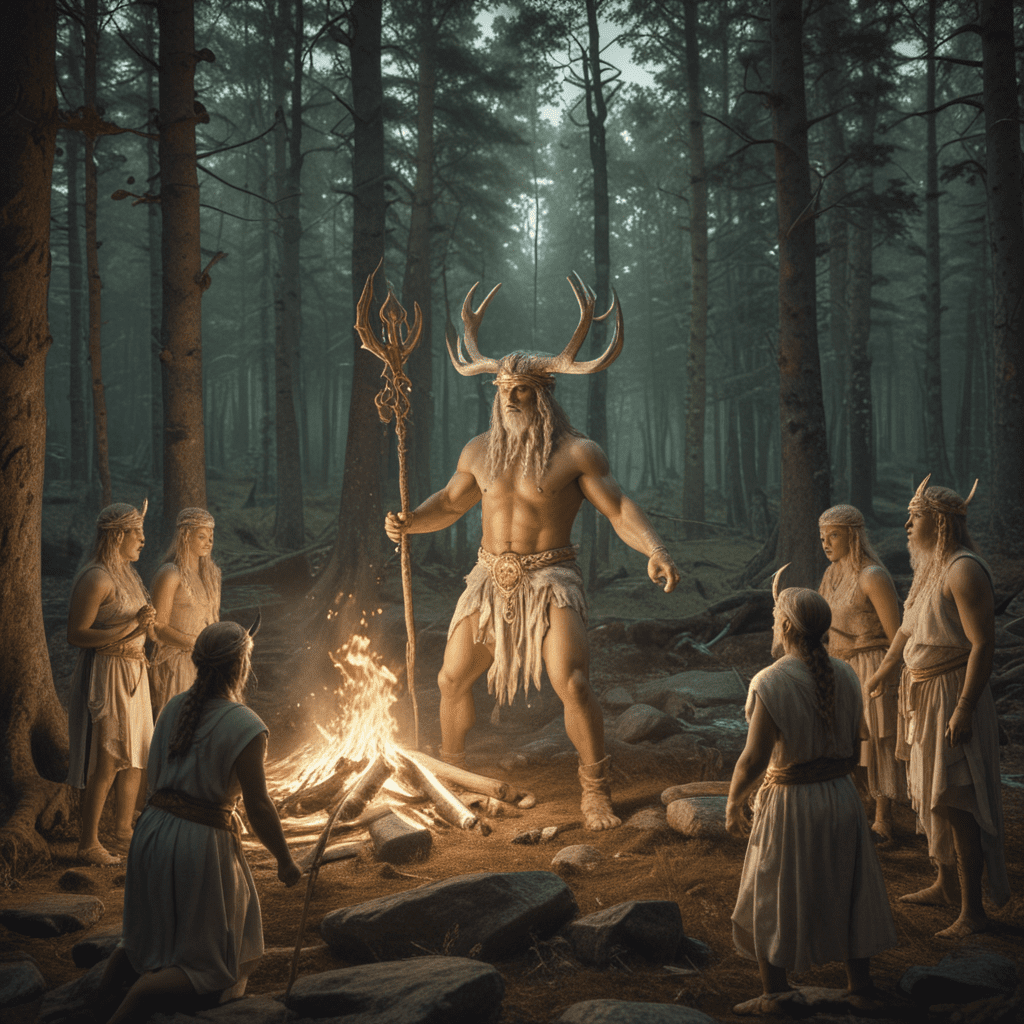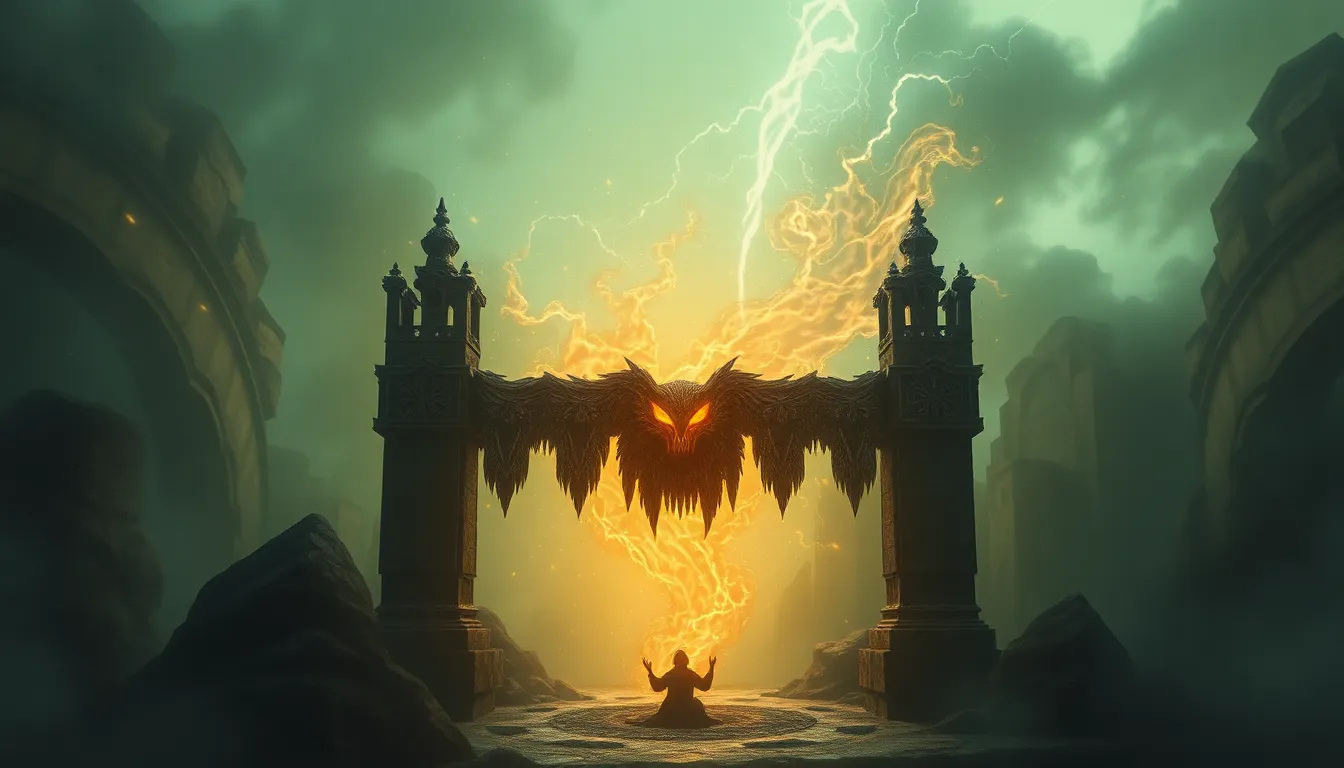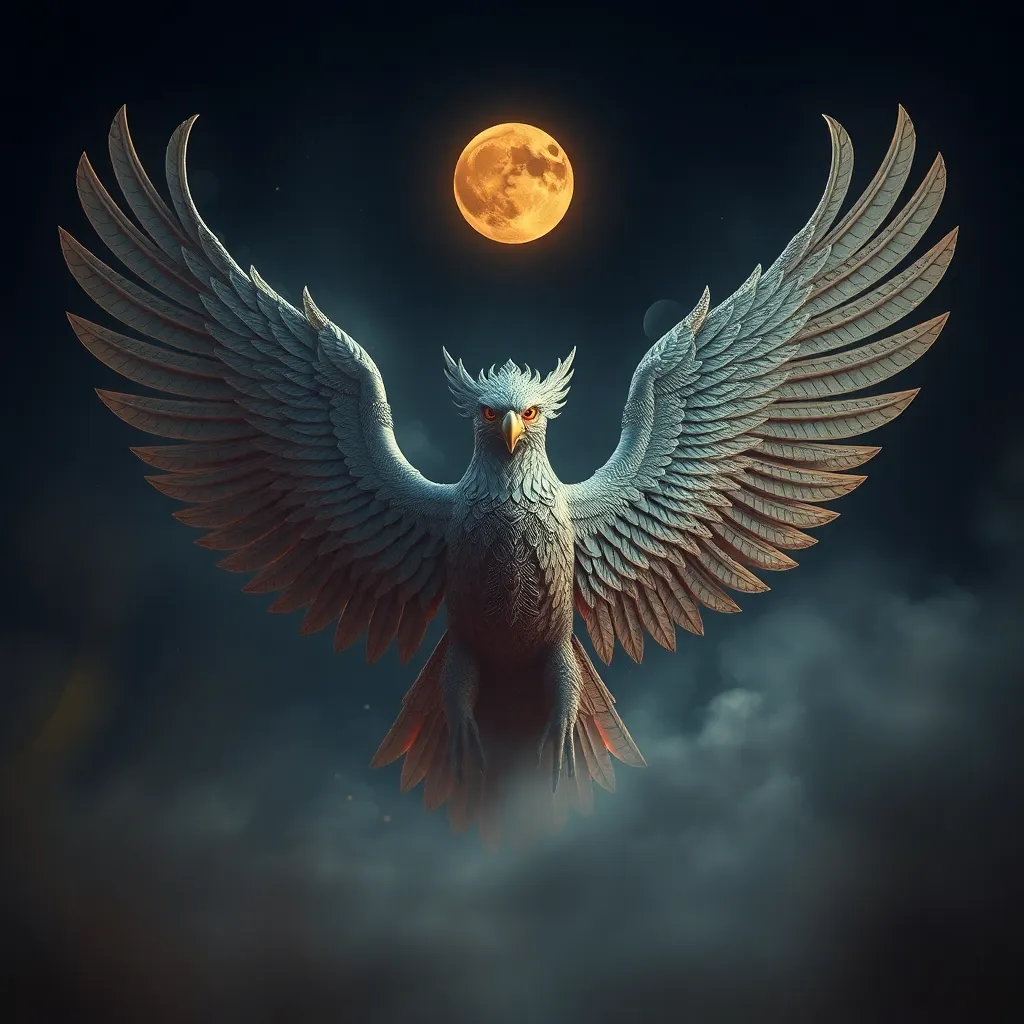I. Birth
In Finnish mythology, birth was considered a sacred and momentous event. The expectant mother
VI. Death
Death was viewed as a transition to the afterlife, known as Tuoni. Rituals surrounding death aimed to honor the deceased and ease their journey to the underworld. Funeral rites included the construction of a burial mound or grave, offerings of food and drink to the deceased, and the recitation of funerary songs.
VII. Funeral
Funerals were solemn occasions, involving elaborate preparations. The body was cleaned, dressed, and placed in a wooden coffin. Family and friends gathered for a wake, during which they sang, mourned, and reminisced about the deceased. The funeral procession to the burial site was accompanied by drumming, chanting, and the carrying of torches.
VIII. Ancestor Worship
In Finnish mythology, ancestors played a significant role in the lives of their descendants. Ancestor worship was practiced to honor and maintain connection with those who had passed on. Rituals included offerings of food, drink, and sacrifices at family shrines or burial mounds. It was believed that ancestors could influence their descendants' lives, providing protection and guidance.
IX. Rituals of Passage
Throughout life, Finns marked significant transitions with specific rituals of passage. These included initiation rituals for young adulthood, marriage rituals to celebrate the union of two individuals, and retirement rituals to honor elders and their contributions to the community. Each ritual symbolized a change in status or role and involved symbolic acts, storytelling, and feasting.
X. Modern Finnish Rituals
While many traditional Finnish rituals have faded with time, certain practices have endured. The sauna, an integral part of Finnish culture, continues to hold spiritual significance as a place of purification and relaxation. Other modern rituals include nature-based gatherings to honor the changing seasons, festivals celebrating Finnish traditions, and the preservation of oral storytelling and traditional music.
FAQ
- What is the significance of the sauna in Finnish mythology?
The sauna was believed to purify the body and spirit, making it a sacred space for healing and spiritual growth. - Were there any rituals associated with pregnancy in Finnish mythology?
Yes, rituals during pregnancy included the consumption of special foods, the wearing of amulets to protect the unborn child, and the seeking of advice from wise women or shamans. - How were funerals conducted in ancient Finland?
Funerals were elaborate ceremonies involving the construction of burial mounds, offerings to the deceased, and the singing of funerary songs. - Did Finns practice ancestor worship?
Yes, ancestor worship was an integral part of Finnish mythology. Ancestors were believed to influence the lives of their descendants, providing protection and guidance. - What rituals marked major life events in Finnish society?
Rituals of passage were used to celebrate birth, marriage, coming of age, and retirement. These rituals involved symbolic acts, storytelling, and feasting.



